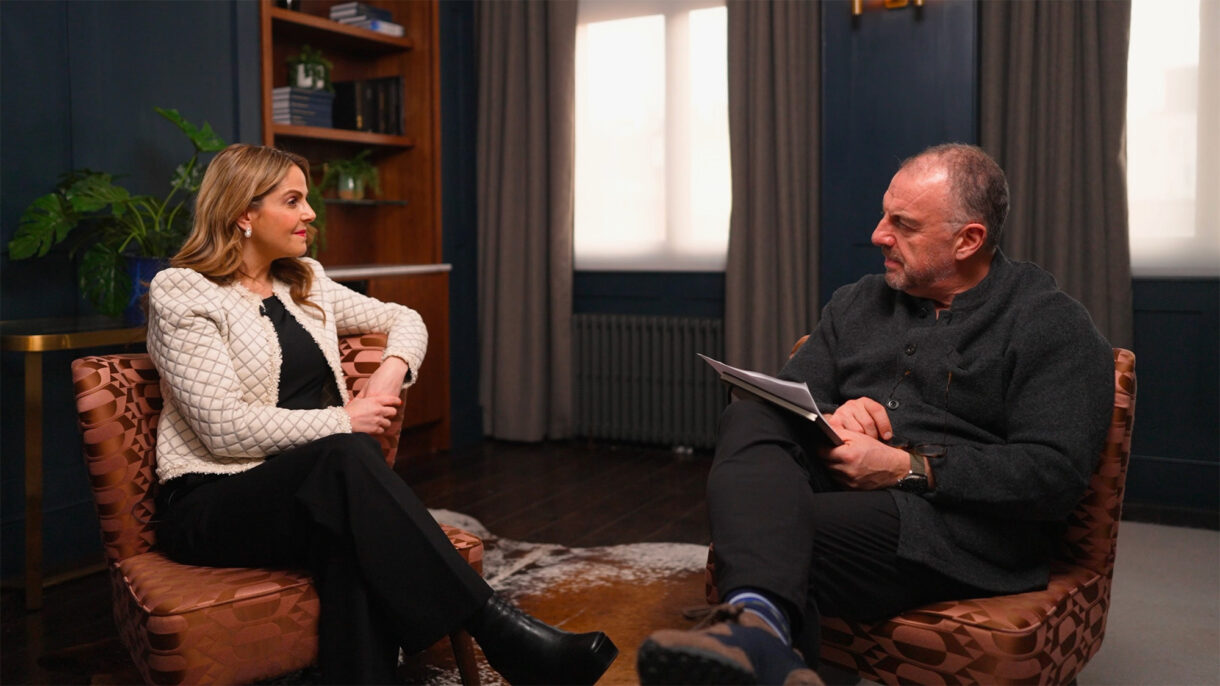In this Leadership Talk from Oxford Leadership’s Annual Conference, our colleague and long time friend Carl Lindeborg talked about feelings of fear and how to overcome them by focusing on becoming courageous.
What is Courage?
That’s a question that’s personal to the individual. It’s a great question to engage leaders, teams, and organizations alike. We settled on the following definition of courage: Courage = Fear + Action. Anybody can perform a task that they’re unafraid of. But pursuing something while being fearful, worried, nervous, etc… that’s what true courage is all about. Courage is fundamentally acting from the heart. After all, the root word for courage is cor, which in latin means heart.
A Survey on Fear
Carl and his friend decided to make a research, asking people on common fears and worries that they experienced in their daily lives. About 160 respondents, not only people in positions of leadership, but from all other walks of life as well, rank their greatest fears. The findings revealed that the fear, which was ranked the highest among the respondents, was the fear of hurting either themselves or someone else, not necessarily physically, but emotionally. There was also a common underlying fear that was the nagging thought of insecurity and not feeling ‘good enough’ amongst their peers.
Before we can begin to talk about being courageous (and there is no doubt the vast majority of people reading this have been courageous).
The “fight, flight, or freeze” mechanism
The first thing to understand is that experiencing fear is a perfectly normal, human trait. It’s been said that the most neglected fact in business is that we’re all human. So it isn’t bad to feel fear, but it is important to understand to avoid being controlled or driven by it. One variable that has always been inherently connected to fear is survival. The “fight, flight, or freeze” mechanism has been ingrained in humans since the beginning of time. But while our culture may have evolved from evolutionary times, our biochemistry has not. So while this inherent mechanism may be useful when say, fighting off a tiger or doing battle with a tribe, it’s not so great when we’re doing something as seemingly simple as looking at a to-do list or going into a meeting. Studies have shown that human beings’ IQ levels have actually dropped 10 points on average when they’re in fear.
We where born with two fears
Another variable that is connected to fear is our programming. The famous psychiatrist Elizabeth Kubler Ross once stated that we’re born with two fears: one is the fear of falling, and the other is the sound of high-pitched sounds. When looking at the behaviour of children, it’s safe to say we also fear being left alone. But all other fears are built upon through learned behaviour. For example, if you put your hand on a running stove and get burnt, you’ll know not to put your hand there again. If you get into a relationship and get your heartbroken, you’ll be hesitant, or fearful, to ever put yourself in that position again. So, the programming aspect is a very crucial element to the development of fear and how we perceive it.
The deeper layer of learned fear
Let’s take a look at a typical scenario. A person could be fearful that they won’t meet a deadline for a project at work. This is the fear on the surface. But when we dig a little deeper, we see there’s more to it. The reason that person is fearful for missing the deadline is because their boss will be disappointed. And when their boss is disappointed, this could affect their position at work and their overall job security. But even more than the fact that this person doesn’t want to lose their job, it boils down to feeling adequate and liked. And this is a universal trait amongst humans everywhere. So in order to truly conquer fear in any situation, we need to dig deep and find that inner layer of what’s holding us back.
Now let’s get back to talking about four aspects of Courage!
What are some of the common resources we draw from when we muster up courage?
One of the first resources we draw from is curiosity. The moment you become curious about your fear, it’s no longer driving you. It’s the moment we become aware of our fear that we can make a change.
The second resource is expansion. In Mahatma Gandhi’s very first case that he worked as a lawyer, he went in with a feeling of preparation, brand new suit and all. But when the moment came for him to speak, no words came out. Dead silence. He was utterly paralyzed with fear. So what did he do to ultimately overcome his fear? He expanded the focus from himself onto something greater. This is an unbelievably useful resource. There’s a constant battle we face within ourselves between our own ego and fulfilling a greater purpose. Once we’re able to disconnect from our ego and start to move forward with a purpose, we develop courage. Moving the focus from the mentality of ‘what can I get?’ to ‘what can I give?’ And while theoretically this sounds simple, it requires a conscious effort each and every day to truly make that shift. This is where expanding comes into play, because fear clouds our vision, and in order to conquer it, we need to expand it.
The third resource is what we call crossing the border. The border in this metaphor is in reference to our border of comfort. Everybody at various times in their life has had to step outside their comfort zone. Whether it’s speaking up in a certain situation, making a certain life choice, or challenging a leader that you work with, we’ve all been in positions to do it, and sometimes we have done it. If we never step out of our comfort zone, the zone gradually begins to shrink. That’s why it’s important to regularly step outside your comfort zone in order to maintain courage.
The fourth resource is discipline. We need mental and emotional discipline. Many times when we’re in fear, we develop mental pictures and inner monologues which only serve to exacerbate our fears. We’re trained to look for threats; it’s easy to see what can go wrong. But we need to put in more healthful pictures, and see what can go right. The fifth, and what I think is the most important resource, is faith. Without faith, dealing with fear is a never-ending cycle. If you’ve ever been alone, and then suddenly out of nowhere, you’re hit with an epiphany that everything is going to be alright, then that’s the true power of faith. We don’t know everything is going alright, but we choose to believe it, because it’s the best thing to do. So we need to build and cultivate faith, and also understand where in our lives we lost that underlying faith.
So in summary, I think it’s safe to say we constantly find ourselves in a ‘creative dance’ with fear and courage. Courage isn’t about pushing away the fear. It’s more about being in tune with it and accepting it, and more importantly, accessing the resources to overcome it.









